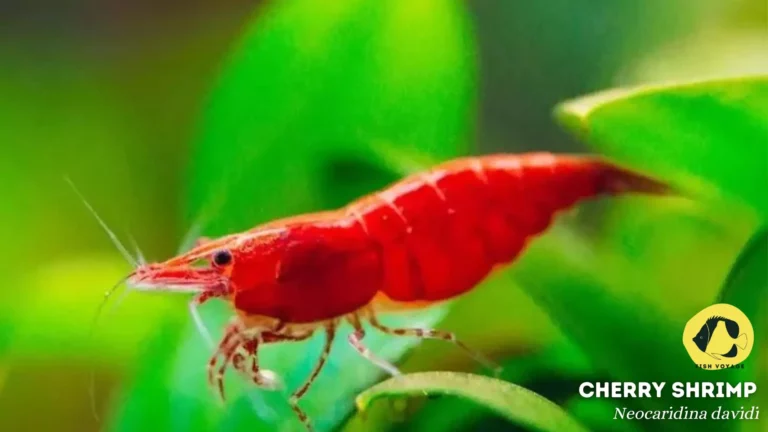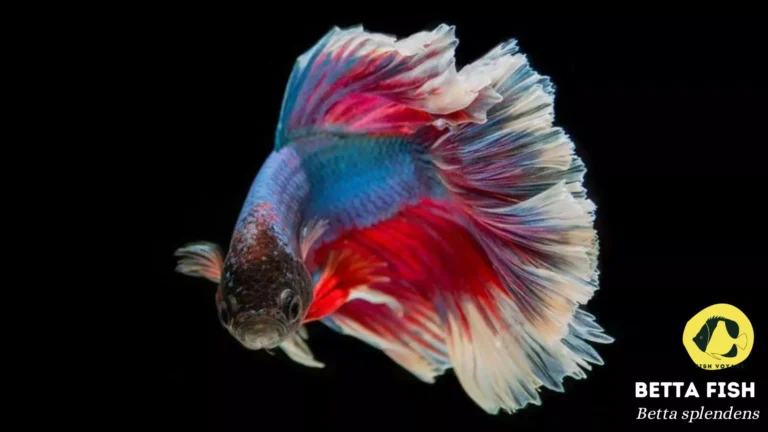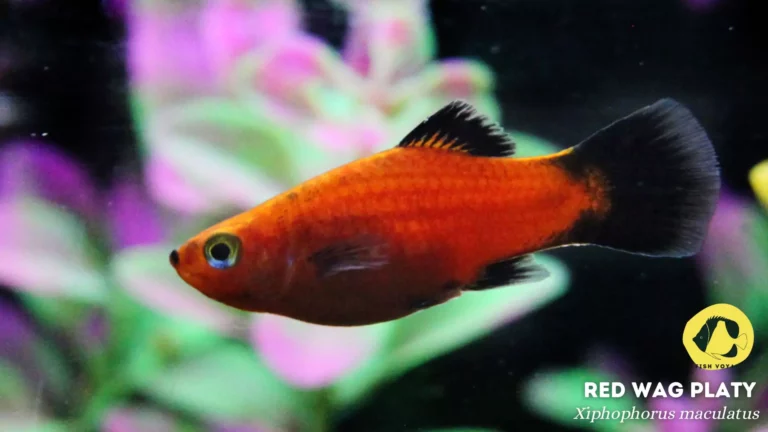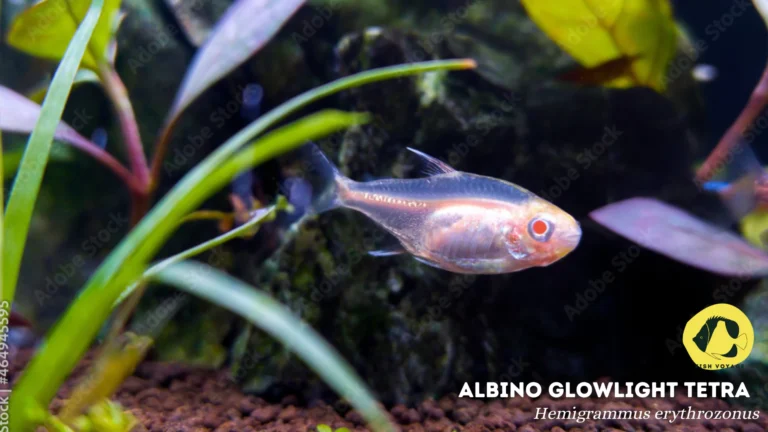Long Life Fish For Home Aquarium
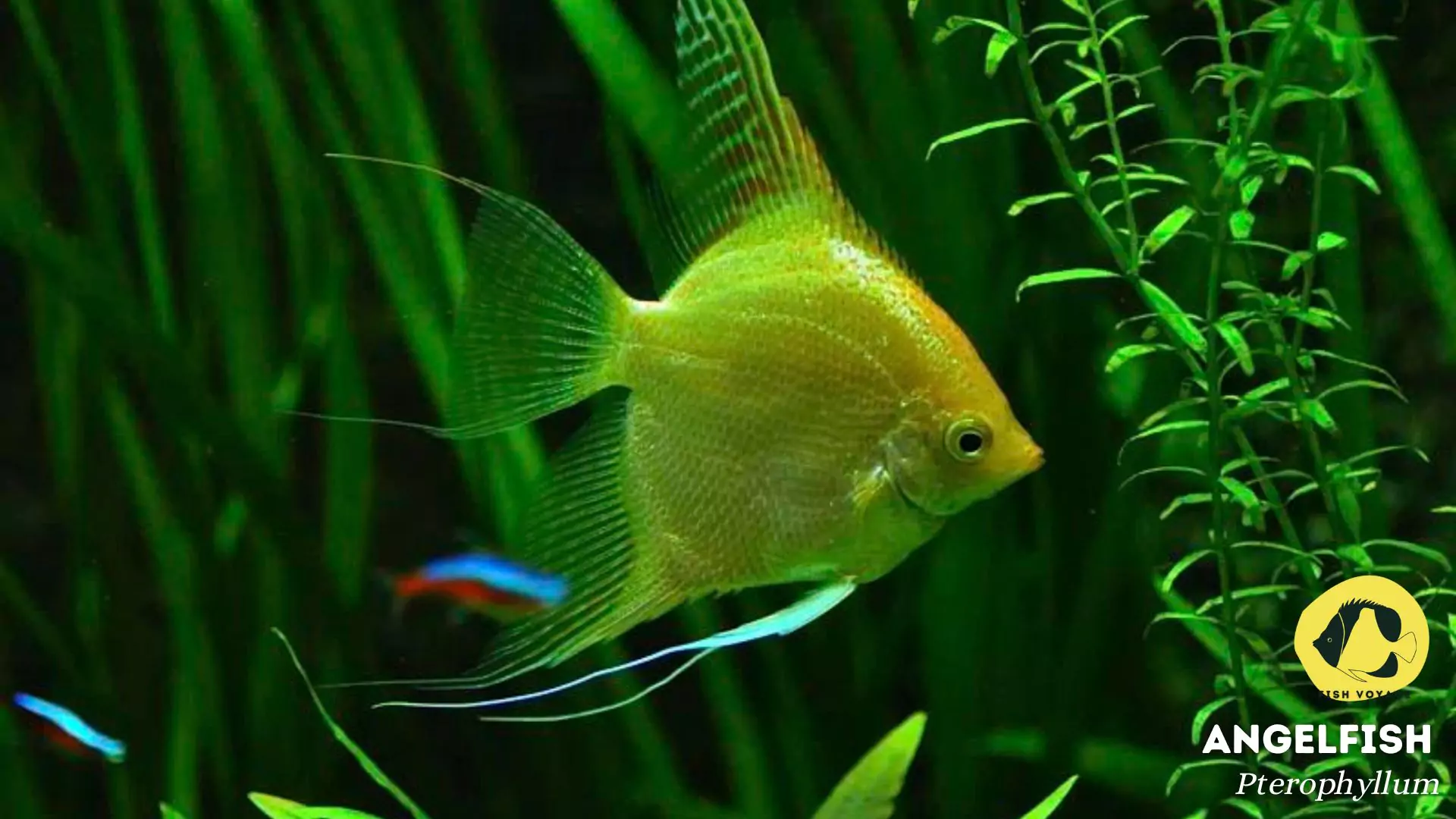
In the enchanting world of home aquariums, the allure of long-lived and vibrant fish beckons both novice and seasoned enthusiasts alike. Picture the serene beauty of a well-maintained aquarium, teeming with fish that not only add a splash of color to your living space but also stand the test of time as steadfast companions. Choosing the right fish for your home aquarium is more than a decorative decision; it’s a commitment to fostering a thriving aquatic environment. The significance of this choice becomes apparent as these aquatic wonders become enduring members of your household, captivating with their longevity and adding a touch of tranquility to your daily life. Join us as we delve into the realm of long-life fish, exploring the factors that contribute to their enduring appeal and the joy they bring to aquarium enthusiasts.
Characteristics of Long Life Fish
Adaptability to Water Conditions
Long-lived aquarium fish often exhibit remarkable adaptability to various water conditions. This adaptability stems from their ability to thrive in stable environments, emphasizing the importance of maintaining consistent water parameters. Ensuring the right pH, temperature, and water hardness is fundamental to supporting their longevity.
Appropriate Tank Size
The longevity of aquarium fish is closely tied to the adequacy of their living space. Providing an appropriately sized tank allows fish to exhibit natural behaviors, reduces stress, and fosters a healthier environment. The size of the tank should be in accordance with the specific needs of each fish species, promoting their overall well-being.
Compatibility with Tank mates
Long-lived fish species often exhibit compatibility with a variety of tankmates, facilitating the creation of harmonious community tanks. Understanding the social dynamics and behavioral traits of different fish species is crucial to preventing conflicts and ensuring a peaceful coexistence. Thoughtful selection of compatible tank mates contributes significantly to the longevity of the aquarium’s inhabitants.
Proper Nutrition
A balanced and nutritious diet plays a pivotal role in the extended lifespan of aquarium fish. Tailoring feeding regimens to meet the specific dietary requirements of each fish species contributes to their overall health and resilience. Quality fish food, supplemented with occasional treats, enhances their vitality and longevity.
Routine Health Monitoring
Vigilant health monitoring is key to identifying potential issues early on. Regular observation of fish behavior, attention to signs of illness, and prompt intervention when necessary contribute to maintaining the well-being and longevity of the aquatic community. Additionally, scheduled veterinary check-ups, if feasible, can offer professional insights into ensuring the health of your long-life fish.
Environmental Enrichment
Long-lived fish benefit from a well-enriched environment that mimics their natural habitat. Incorporating hiding spots, appropriate decorations, and providing sufficient lighting not only enhances the aesthetic appeal of the aquarium but also caters to the psychological needs of the fish. Environmental enrichment contributes to reduced stress levels and a longer, more fulfilling life for the aquarium inhabitants.
Understanding and implementing these key characteristics will not only extend the lifespan of your beloved aquatic companions but also contribute to the overall enjoyment of maintaining a thriving home aquarium.
Top 10 Long Life Fish Species
Goldfish
- Varieties for Home Aquariums: Goldfish come in various captivating varieties, including the iconic Comet, Shubunkin, and Fantail. Each type brings its unique charm to home aquariums, making them a popular choice among enthusiasts.
- Proper Care and Feeding: Goldfish thrive in well-maintained tanks with proper filtration. Regular water changes and a balanced diet consisting of high-quality pellets and occasional treats, like vegetables, contribute to their longevity. Monitoring for signs of overfeeding is crucial for their well-being.
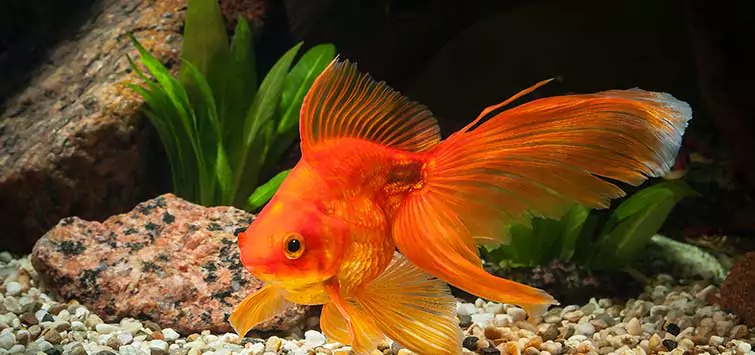
Betta Fish
- Hardiness and Vibrant Colors: Betta fish are renowned for their resilience and stunning colors. From vibrant reds to iridescent blues, these fish add a touch of elegance to any aquarium. Their hardiness makes them suitable for beginners.
- Tank Requirements and Solitary Living: Betta fish prefer solitary living due to their territorial nature. Providing a well-filtered, heated tank with places to hide is essential. Gentle filtration and regular water changes maintain optimal conditions for these striking fish.
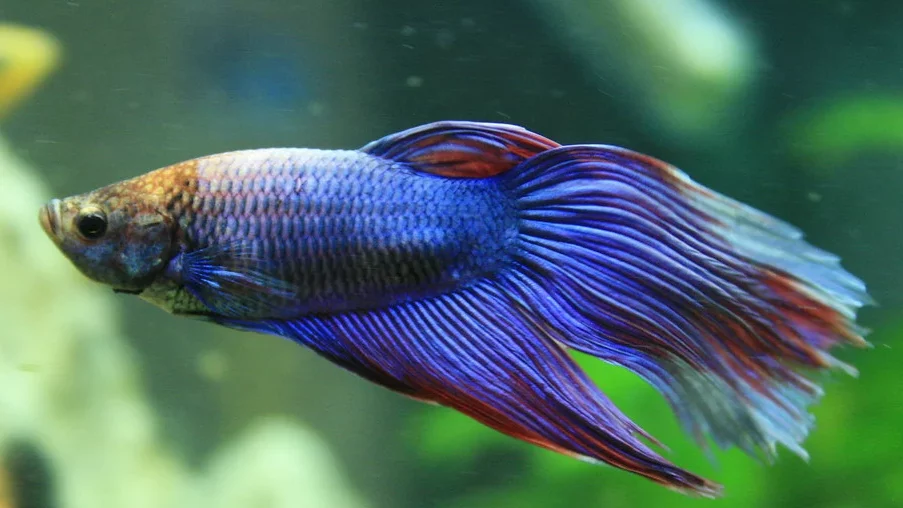
Guppies
- Adaptability and Diverse Conditions: Guppies are known for their adaptability and can thrive in various water conditions. Their vibrant colors and unique patterns make them a favorite among aquarium enthusiasts. Guppies are well-suited for both beginners and experienced hobbyists.
- Insights into Breeding and Tank Companions: Guppies are prolific breeders, and understanding their breeding habits is essential. Adding plants and creating hiding spots in the tank aids in the survival of fry. Guppies are generally peaceful, making them compatible with a variety of tank companions.

Tetras
- Schooling Nature and Compatibility: Tetras exhibit a schooling nature, and their vibrant colors enhance the visual appeal of community tanks. These fish are compatible with a variety of species, adding dynamism to the aquarium.
- Feeding and Tank Setup: Offering a balanced diet, including high-quality flakes and live or frozen foods, supports the health of tetras. A well-planted tank with spaces for swimming and hiding replicates their natural habitat.

Platies
- Colorful and Active: Platies boast a vibrant color palette and active demeanor, making them a lively addition to community aquariums. Their adaptability and peaceful nature make them suitable for beginners.
- Temperature and Tank Size: Maintaining a stable temperature and providing a spacious tank are essential for platies. They thrive in slightly alkaline water and appreciate planted tanks for added enrichment.
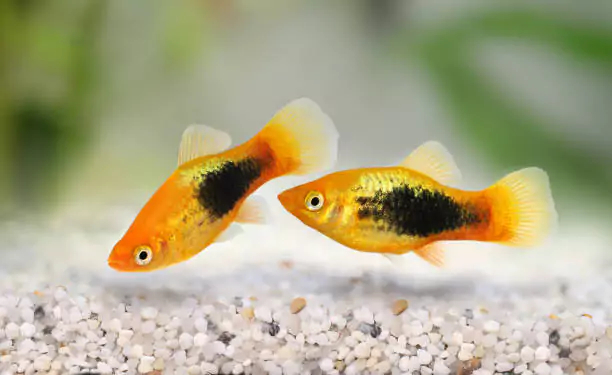
Mollies
- Variety of Colors and Shapes: Mollies offer a diverse range of colors and fin shapes, adding visual interest to aquariums. Their hardy nature makes them well-suited for both freshwater and brackish setups.
- Dietary Considerations and Water Parameters: Mollies benefit from a varied diet, including plant-based and protein-rich foods. Ensuring proper water parameters, especially in brackish conditions, contributes to their overall well-being.
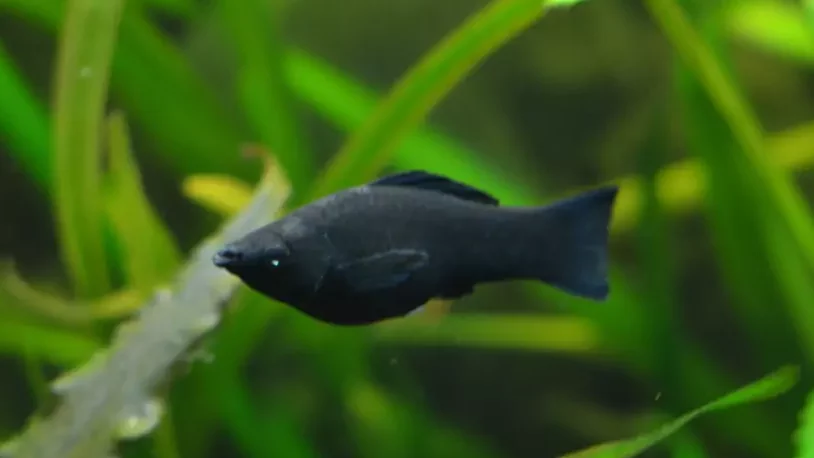
Swordtails
- Distinctive Sword-like Tail: Swordtails are recognized for their distinctive sword-like tails, which add a unique flair to aquariums. They are known for their peaceful nature, making them suitable for community setups.
- Tank Decor and Social Dynamics: Providing ample swimming space and a well-decorated tank with plants and hiding spots enhances the well-being of swordtails. They thrive in groups, and understanding their social dynamics is crucial for a harmonious community.
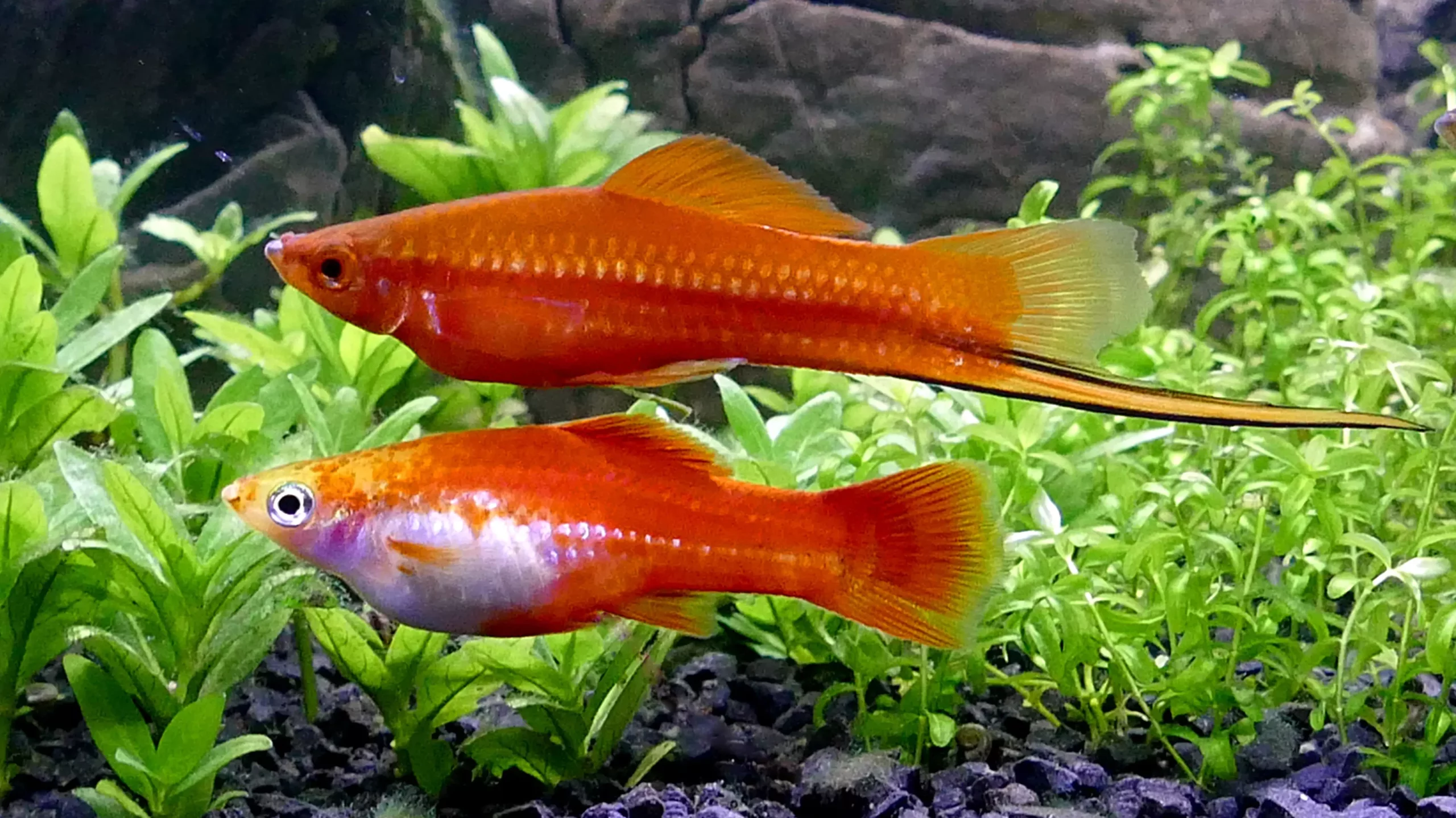
Angelfish
- Graceful and Majestic Appearance: Angelfish are prized for their graceful, disk-shaped bodies and majestic finnage. Their striking appearance makes them a centerpiece in many aquariums.
- Tank Size and Water Quality: Due to their size, angelfish require spacious tanks. Maintaining high water quality with adequate filtration is essential. Their semi-aggressive nature necessitates careful consideration when selecting tankmates.
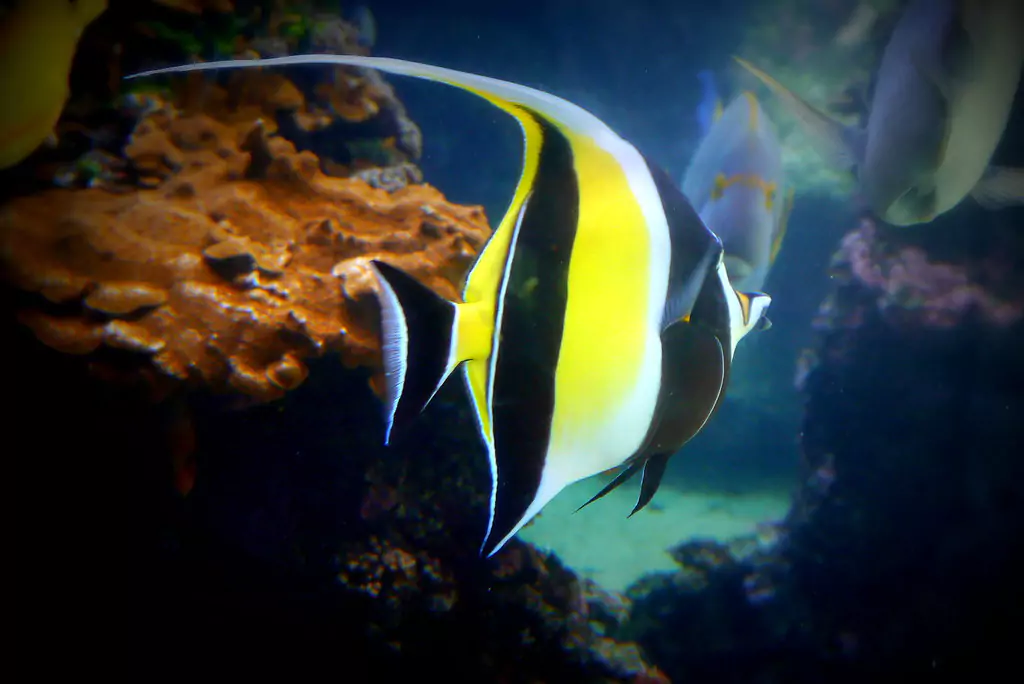
Corydoras Catfish
- Bottom Dwellers and Schooling Behavior: Corydoras catfish are invaluable bottom dwellers known for their schooling behavior. They contribute to a well-balanced ecosystem by keeping the substrate clean.
- Substrate and Feeding: Providing a soft substrate is crucial for the barbels of Corydoras. They thrive on a diet of sinking pellets and occasional live or frozen foods. Regular water changes and proper filtration support their health.

Kuhli Loach
- Eel-like Appearance and Nocturnal Behavior: Kuhli loaches exhibit an eel-like appearance and are primarily nocturnal. Their unique characteristics make them an intriguing addition to community tanks.
- Hiding Places and Diet: Offering hiding places, such as caves and plants, caters to their nocturnal nature. Kuhli loaches appreciate a varied diet, including sinking pellets and small live or frozen foods.

Selecting from this diverse array of long-lived fish species requires consideration of their unique characteristics and care requirements. Each species contributes to the vibrancy of a home aquarium, providing enthusiasts with the joy of nurturing thriving aquatic communities.
Aquarium Maintenance Tips
Prioritize Cleanliness for Fish Health
Clean aquariums are vital for fish health and longevity. Regular maintenance not only enhances the aesthetic appeal but also contributes to the overall well-being of your aquatic companions.
Scheduled Water Changes
Implementing regular water changes is a cornerstone of effective aquarium maintenance. This practice helps remove accumulated toxins, ensuring a clean and healthy environment for your fish.
Invest in Quality Filtration
Opt for high-quality filtration systems to keep the water clear and free from impurities. Efficient filtration promotes a stable and healthy ecosystem within the aquarium.
Monitor Water Parameters
Regularly check water parameters such as pH, ammonia, nitrite, and nitrate levels. Monitoring these factors allows you to address any deviations promptly, preventing potential stress or health issues in your fish.
Maintain Consistent Temperature
Fish are sensitive to temperature fluctuations. Ensure a stable and suitable temperature range in your aquarium by using a reliable heater. This promotes the overall well-being and vitality of your aquatic companions.
Clean and Replace Filter Media
Clean and replace filter media as recommended by the manufacturer. This ensures optimal filtration efficiency, preventing the buildup of debris that could compromise water quality.
Remove Uneaten Food and Debris
Uneaten food and debris can lead to water contamination. Regularly remove any excess food and debris from the substrate and surfaces of the aquarium to maintain a pristine environment.
Prune and Maintain Live Plants
If your aquarium includes live plants, proper maintenance is crucial. Regular pruning and removal of decaying plant matter contribute to a healthier ecosystem, enhancing both the visual appeal and water quality.
Check and Clean Aquarium Equipment
Ensure all aquarium equipment, such as pumps, heaters, and aerators, is in good working condition. Regularly clean these components to prevent malfunctions that could adversely affect your fish.
Quarantine New Additions
Before introducing new fish to your aquarium, consider quarantining them to prevent the potential spread of diseases. This precautionary measure safeguards the health of your existing aquatic community.
Use Conditioners for Tap Water
If using tap water in your aquarium, treat it with a water conditioner to neutralize harmful substances like chlorine. This ensures the water is safe for your fish and promotes a stress-free environment.
Document and Track Changes
Keep a log of maintenance activities and observations. Tracking changes over time helps identify patterns and enables you to fine-tune your aquarium care routine for optimal results.
By adhering to these aquarium maintenance tips, you not only create a visually stunning aquatic display but also prioritize the health and longevity of your cherished fish. Regular care and attention to detail contribute to a thriving and harmonious underwater ecosystem within your home.
Common Mistakes to Avoid
Inadequate Research Before Fish Selection
A common pitfall is neglecting thorough research before adding new fish to your aquarium. Inadequate knowledge of a species’ compatibility, care requirements, and potential size can lead to stress, aggression, and compromised health among tank inhabitants.
Overstocking the Aquarium
Overcrowding diminishes water quality and increases competition for resources, impacting fish health. Avoid the temptation to overstock, ensuring that each fish has ample space to thrive and reducing the risk of territorial disputes.
Skipping the Aquarium Cycling Process
Neglecting the crucial cycling process of a new aquarium can result in harmful ammonia and nitrite spikes. Patience during the initial cycling period allows beneficial bacteria to establish, creating a stable and healthy environment for fish.
Inconsistent Water Parameters
Fluctuating water conditions can stress fish and compromise their immune systems. Consistency in parameters such as temperature, pH, and hardness is paramount for the well-being and longevity of aquarium inhabitants.
Poorly Placed Aquarium
Placing the aquarium in direct sunlight can lead to temperature fluctuations and excessive algae growth. Choose a location away from direct sunlight and drafts to maintain stable conditions within the tank.
Overfeeding and Uneaten Food Accumulation
Overfeeding contributes to water pollution and can lead to obesity and health issues in fish. Carefully portioned feeding and removing uneaten food promptly help maintain water quality and prevent digestive problems.
Neglecting Routine Maintenance
Irregular or insufficient maintenance, including water changes and filter cleaning, compromises water quality. Establishing a consistent maintenance routine is essential for the health and longevity of your aquarium’s inhabitants.
Incompatibility Among Tankmates
Introducing fish without considering their compatibility can result in aggression and stress. Research the social behaviors and territorial tendencies of each species to create a harmonious community within your aquarium.
Ignoring Signs of Illness
Failing to recognize and address signs of illness promptly can lead to the spread of diseases. Regular observation and immediate intervention contribute to a healthier and more resilient aquatic community.
Relying on Incorrect Water Conditioners
Choosing inappropriate water conditioners or neglecting their use altogether can expose fish to harmful substances in tap water. Select conditioners that neutralize chlorine and chloramine while providing essential minerals.
Hasty Introduction of New Fish
Rushing the introduction of new fish without a quarantine period can introduce diseases and parasites to the aquarium. Quarantine new additions to safeguard the health of your existing aquatic community.
Overlooking Compatibility with Tank Decor
Incompatibility with tank decor can stress certain fish species. Ensure that decorations and hiding spots are suitable for the preferences and behaviors of the fish in your aquarium.
Avoiding these common mistakes requires diligence and a commitment to ongoing education in the realm of aquarium keeping. By learning from these pitfalls, you can create a thriving aquatic environment that promotes the longevity and well-being of your cherished fish.
Conclusion
In the intricate tapestry of maintaining a home aquarium, the choices we make reverberate in the health and longevity of our aquatic companions. As we navigate the vibrant world of long-life fish, it becomes evident that success in aquarium keeping hinges on meticulous research, thoughtful care, and a commitment to avoiding common pitfalls.
Summarizing Key Points
- Selecting long-lived fish species, such as goldfish, bettas, guppies, and tetras, requires a nuanced understanding of their unique characteristics and care requirements.
- Prioritizing cleanliness through regular water changes, quality filtration, and attentive monitoring of water parameters contributes to the overall well-being of aquarium inhabitants.
- Avoiding common mistakes, including overstocking, inadequate research, and inconsistent maintenance, is essential for fostering a harmonious and thriving aquatic ecosystem.
As you embark on or continue your journey into the captivating world of aquarium keeping, let wisdom guide your choices. Each decision, from the selection of fish species to the maintenance routines you establish, plays a pivotal role in the success of your underwater haven.
Just as we carefully curate our living spaces, so too should we curate the inhabitants of our aquariums. These aquatic companions, with their vibrant colors and unique personalities, become integral members of our households. Choosing wisely ensures not only their longevity but also the enrichment they bring to our lives.
In conclusion, the longevity of your aquatic community lies in the details. By applying the knowledge gleaned from this exploration, you lay the foundation for a flourishing aquarium—a sanctuary where your fish thrive, bringing joy and tranquility to your home. As you make informed decisions, may your aquarium journey be one of fulfillment and the enduring beauty of a well-tended aquatic environment.
Additional Resources
Expanding your knowledge and connecting with a community of fellow enthusiasts is integral to the success of your aquarium endeavors. Delve deeper into the world of long-life fish with the following reputable resources.
Forums for Engaging Discussions
- Aquarium Advice Forum: Join a vibrant community of aquarists to exchange insights, seek advice, and share experiences on maintaining healthy and thriving aquariums.
- Fishlore Forum: Explore the extensive forums on Fishlore to connect with aquarists of all experience levels. From troubleshooting to species-specific discussions, you’ll find a wealth of information.
- The Planted Tank Forum: If you’re passionate about planted aquariums, this forum is a valuable resource. Engage in discussions about aquatic plants, tank setups, and sustainable aquarium practices.
Books for In-Depth Knowledge
- Encyclopedia of Aquarium & Pond Fish by David Alderton: This comprehensive guide covers a vast array of fish species, including those known for their longevity. It provides detailed insights into care, breeding, and optimal tank conditions.
- The Simple Guide to Freshwater Aquariums by David E. Boruchowitz: A beginner-friendly resource that offers practical advice on setting up and maintaining freshwater aquariums. It includes valuable tips on choosing long-life fish species.
Frequently Asked Questions (FAQs)
1. What are some long-life fish species suitable for beginners?
Ideal long-life fish for beginners include Goldfish, Betta fish, Guppies, and Tetras. These species are known for their hardiness and adaptability to varying aquarium conditions.
2. How can I promote the longevity of fish in my aquarium?
To enhance fish longevity, maintain consistent water parameters, provide a well-sized tank, offer a balanced diet, and ensure a clean environment through regular water changes and proper filtration.
3. Is it necessary to quarantine new fish before introducing them to the aquarium?
Yes, quarantining new fish is crucial to prevent the spread of diseases to existing tank inhabitants. A quarantine period allows for observation and treatment if necessary before introducing them to the main aquarium.
4. What mistakes should I avoid to ensure the well-being of my long-life fish?
Avoid common mistakes like overstocking, inconsistent maintenance, and neglecting research on fish compatibility. Thorough knowledge and attention to details play a key role in maintaining a healthy aquarium environment.
5. Are there specific tips for feeding long-life fish for optimal health?
Yes, feed a balanced diet with high-quality pellets and occasional treats. Avoid overfeeding to prevent water pollution. Tailor the diet to the specific needs of each species, promoting their overall health and vitality.

